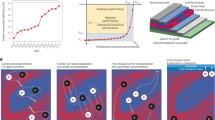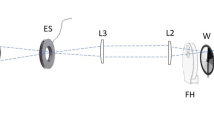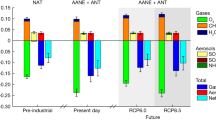Abstract
SOLAR Halos such as described by Dr. Frankland (NATURE, vol. xiii, p. 404), may be seen on about seventy-five or eighty days in the year, here, and are commonest in the spring, but it is extremely rare for them to be brightly coloured. I speak of the ordinary solar halo of about 22° radius, but the great halo of about 46° radius, is always distinctly coloured, though not a common phenomenon. It is not the “murky atmosphere” of London that hides the colours of the ordinary halo; they usually do not exist, except dull red and orange, and perhaps a faint tinge of blue. This is owing to the great breadth of the halo, which causes the colours to overlap and mix together; here it is very seldom that the halo is narrow and the colours consequently bright, as they seem to have been when seen by Dr. Schuster (p. 394). I doubt whether the name “parhelia,” which he gave them, is correct; I understand that term to mean mock suns (or a bright small portion of a halo), a phenomenon visible here on thirteen days in a year on the average.
This is a preview of subscription content, access via your institution
Access options
Subscribe to this journal
Receive 51 print issues and online access
$199.00 per year
only $3.90 per issue
Buy this article
- Purchase on SpringerLink
- Instant access to full article PDF
Prices may be subject to local taxes which are calculated during checkout
Similar content being viewed by others
Author information
Authors and Affiliations
Rights and permissions
About this article
Cite this article
BACKHOUSE, T. Coloured Solar Halos. Nature 13, 426 (1876). https://doi.org/10.1038/013426c0
Issue date:
DOI: https://doi.org/10.1038/013426c0



